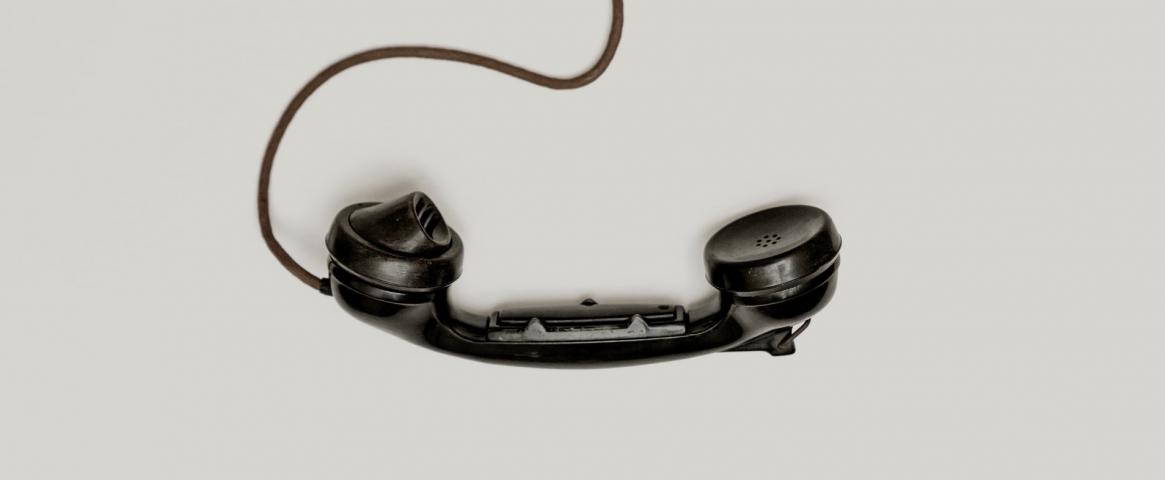By Luyi Cheng
Institutions who pour resources into conducting research and chasing new discoveries also have another important responsibility to consider – sharing their findings with the world.
But various institutions, such as universities, professional societies and federal agencies, can approach public science communication quite differently. While institutions widely employ communication professionals to report research developments, some institutions designate a central office to organize and approve all communications across the institution, whereas others may rely on a more decentralized structure involving separate teams or units spread out across an institution.
Communication professionals and public information officers, known as PIOs, face their own set of advantages and challenges working in each of these unique systems. However, communicators have yet to take a broader look across institutions to compare experiences and compile best practices.
That was the goal of the ScienceWriters2020 session "How does your institution #scicomm? A survey of science writers."
“We were inspired to do this session by some of the challenges that PIOs face,” said Sara Zaske, a science writer at Washington State University, who co-organized the session. “Our hope is that through sharing our experiences, about what works well in our institutions and what doesn’t, that you will be able to walk away with some things that you can use at your own institution."
To gather this information, the session organizers surveyed 277 respondents made up of both institutional communication professionals and non-institutional journalists.
A major difference between how institutions engage in public communication lie in how they organize their internal structure – centralized or decentralized – which was relatively evenly split in the survey results. About a third reported a “mostly centralized” approach to science communication, explained Kelly Tyrell, director of research communications at University of Wisconsin-Madison and co-organizer of the session. Another third of respondents reported a “mostly decentralized” approach, while the final third reported a “hybrid” structure.
While a majority of respondents thought their institutions “create high quality science writing” and “effectively share public information,” half of them also stated that news distribution was an area that could be improved by targeting their distribution more.
From the journalists’ sides, most reported working frequently with PIOs and having positive and productive experiences. Almost half also reported “it doesn’t matter” whether an institution had a centralized or decentralized structure, reflecting that internal organization “may have little bearing on the effectiveness of [an] institution sharing stories with reporters,” Tyrell said.
The session also featured a panel discussion between science communication professionals at various universities who shared some recommendations for institutions to consider.
Exploring a diversity of content types, such as a Q&A format, can help broaden content and expand relationships said Michele Berger, a science news officer at University of Pennsylvania.
“Make use of all the different channels you have,” suggested Andy Fell, the associate director of news and media relations at University of California, Davis.
“Continue to communicate,” recommends Reba Hernandez, praising transparency within her communications team at University of Florida as a key component for streamlining the institutional publications process.
The survey results and discussion will help communication professionals take a wider look at how independent institutions are engaging the public to identify areas for improvement and gather best practices.
“I really think that our research institutions play a big role in disseminating scientific knowledge to the public and hopefully increasing public trust in science,” says Zaske. “Which goodness knows we need more of today.”
Participants registered for ScienceWriters2020 can access a recording of this session in the Whova app for 6 months.
Luyi Cheng is a biology Ph.D. student at Northwestern University and a freelance science writer. She has written for Massive Science and is a social media contributor for the Biophysical Journal. See more of her work at www.luyicheng.site or follow her on Twitter @luyi_cheng.


